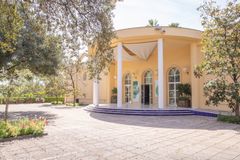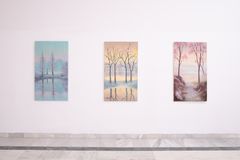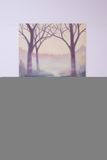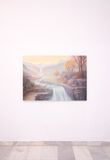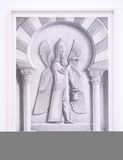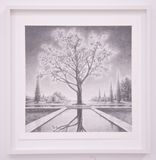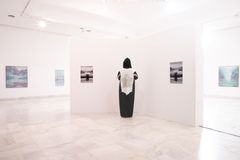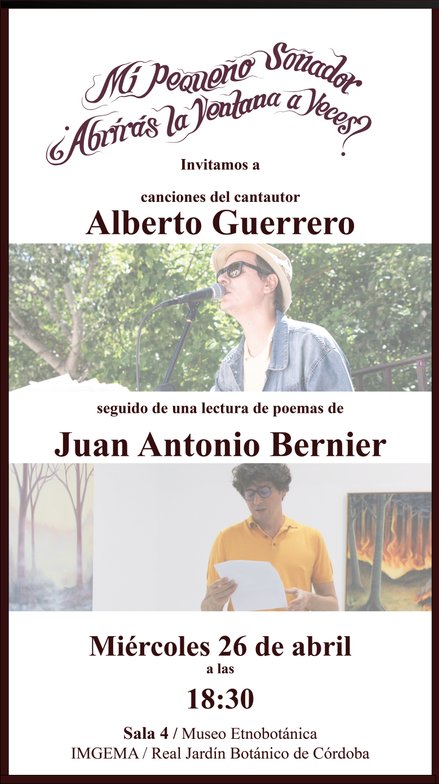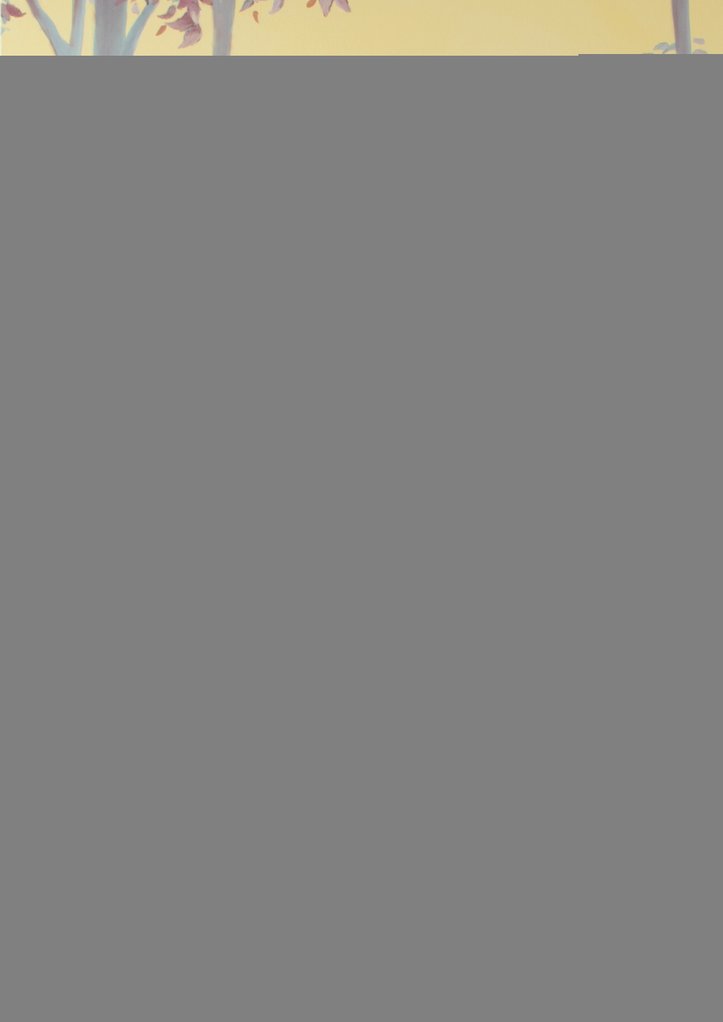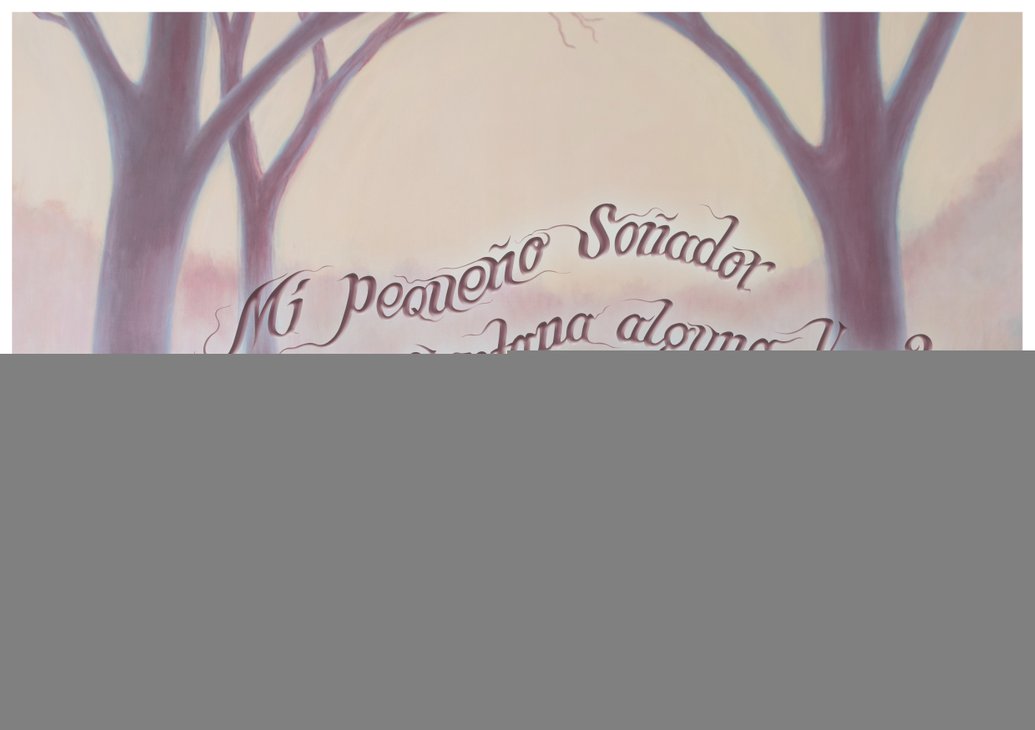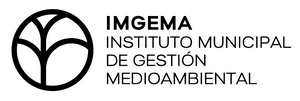MI PEQUEÑO SOÑADOR,
¿ABRIRÁS LA VENTANA ALGUNA VEZ?
1 - 30 de April, 2023
Sala 4
Museo Etnobotánica
(IMGEMA) Jardín Botánico de Córdoba
Avda. Linneo, s/n 14004 Córdoba (España)
BIG DREAMER
Somos naturaleza, porque la mente
es una parte de la naturaleza de las cosas
R. W. EMERSON
El título de la nueva exposición de Anders Grønlien procede, clarificadoramente, de dos estupendas canciones: “Pequeño soñador, de Future Islands y “Ventanas”, de Angel Olsen. Tanto en ellas como en la obra del artista noruego palpita una invocación a soñar y a “abrir los ojos”, así como una aguda sensación de que se trata de facultades humanas que en algún momento anterior hemos poseído, para luego perderlas.
Quizás lo que Grønlien pretenda sea precisamente esto: señalar una fractura en nuestra relación como especie con el seno natural que habitamos y del que procedemos. La indicación de esta fractura no puede sino remitirnos a los orígenes del Romanticismo, momento histórico en el que algunos jóvenes (pienso en Alemania y en el Círculo de Jena, en poetas como Novalis y filósofos como Schelling) comienzan a advertirnos de los riesgos y peligros del (mal) llamado “progreso”.
En este sentido, Anders Grønlien puede ser un considerado un “neoromántico” contemporáneo. Así lo confirmaría la selección de sus motivos, mayoritariamente extraídos de la naturaleza: paisajes, animales, escenas vegetales… Sus planteamientos pictóricos son verdaderamente hermosos y evocadores, denotan una ternura y un amor por lo natural entrañables y de gran impacto psicológico sobre el observador. Sin embargo, dicha ternura contrasta con la presencia casi constante de un elemento perturbador, normalmente procedente de la tecnología humana o al menos de su huella agresiva.
Sucede así en “Incendio forestal”, en “Estación energética fuera de servicio” o el inquietante “Rayo láser en un lago”. En este último, sobre un paisaje acuático y boscoso, presentado mediante el sfumato tan querido por el autor, irrumpe con sobresaliente nitidez una marca de luz que no procede del sol ni de las estrellas, sino de la tecnología humana. De este modo, lo que normalmente desciende desde lo alto no es, en esta ocasión, un signo del poder divino o de la naturaleza, sino un recordatorio de la inversión de jerarquías a la que aspira el hombre en su afán de dominio. La Luz de la Ilustración puede acabar convirtiéndose, como advirtieron los primeros románticos, en un emisor de tinieblas. Cabe aquí convenir, con Goya, que “el sueño de la razón produce monstruos”.
¿Por eso nos resulta tan simpática la altivez del zorro que en scorzo parece reflexionar, como si supiera algo más que nosotros? Su “Madriguera”, presentada en otra obra con la que forma un díptico, adquiere cualidades constructivas casi humanas. De esta manera, se dota a lo natural de una razón que intuimos superior a la nuestra: la naturaleza nos mira, en lugar de mirarla nosotros a ella; cobrando inteligencia, si es que alguna vez ha carecido de la misma.
También, quizás, por ello en las obras de Grønlien hay algo de acusación, de llamamiento a nuestra responsabilidad, de invitación a la reflexión sobre nuestras interferencias. Y de recordatorio: hoy más que nunca es preciso asomarse a la ventana para volver a mirar: para soñar hacia afuera. De ahí que las obras en las que el espacio natural no se muestra adulterado por la mano humana porten títulos tan significativos como “Hypnagogia” (estado de leve alucinación en el umbral entre la vigilia y el sueño) o “Escenarios sedantes”.
Si es fácil establecer la analogía entre las ventanas y los cuadros, también lo es entre “la mano del hombre” y la mano del artista. Esta vez en un sentido positivo. Es el artista el que pretende despertarnos del sueño (a puerta cerrada) para entrar, por paradójico que parezca, (tal vez por una ventana) en el sueño (verdadero). Esa clase de sueño que olvidamos por la mañana con suma facilidad, pero al que pertenecemos, quizás más que a nuestra conciencia. De ahí el carácter hipnagógico, sedante y onírico que envuelve el conjunto de obras reunidas en esta exposición.
Como poeta, me siento particularmente cercano a estas obras de Grønlien. Por ejemplo, cuando escribí “Naturaleza, / tú no tienes la culpa / de la pobreza / de nuestra imaginación”, que pretendían ser unos versos incriminatorios, o “La congregación de los árboles / es nuestro jurado popular”.
Por último, me gustaría recordar las palabras de Friedrich Schelling, pertenecientes a sus Escritos sobre filosofía de la naturaleza (1797), que la obra plástica de Anders parece corroborar en la práctica, contribuyendo a eliminar la fractura a la que aludía al principio: “Yo no admito la existencia de dos mundos diferentes, sino única y absolutamente la de uno en el que todo se halla comprendido, incluso lo que en la conciencia común se opone en calidad de naturaleza y espíritu”.
Sueño y vigilia, naturaleza y hombre, nos recuerda Grønlien, no son sino única y absolutamente uno.
Juan Antonio Bernier
Córdoba, abril de 2023
English Translation:
BIG DREAMER
We are nature, because the mind
Is a part of the nature of things
R.W. EMERSON
The title of Anders Grønlien's new exhibition comes, clarifyingly, from two stupendous songs: “Little dreamer, by Future Islands and “Windows”, by Angel Olsen. In both these songs and in the work of the Norwegian artist, there is an invocation to dream and to “open your eyes”, as well as an acute sensation that these are human faculties that we have possessed at some previous moment, only to lose them later.
Perhaps what Grønlien intends is precisely this: to point out a fracture in our relationship as a species with the natural bosom that we inhabit and from which we derive. The indication of this fracture cannot but refer us to the origins of Romanticism, a historical moment in which some young people (I am thinking of Germany and the Jena Circle, poets like Novalis and philosophers like Schelling) began to warn us of the risks and dangers of the (mis)called “progress”.
In this sense, Anders Grønlien may be considered a contemporary "neo-romantic". This is confirmed by the selection of his motifs, mostly drawn from nature: landscapes, animals, plant scenes... His pictorial approaches are truly beautiful and evocative, they denote an endearing tenderness and love for nature and great psychological impact on the observer. However, this tenderness contrasts with the almost constant presence of a disturbing element, usually coming from human technology or at least from its trace of aggression.
This is the case in “Forest Fire”, in “Off-grid power station” or the disturbing “Laser beam in a lake”. In the latter, on a watery and wooden landscape, presented through the sfumato so dear to the author, a ray of light that does not come from the sun or the stars, but from human technology, breaks out with outstanding clarity. In this way, what normally descends from above is not, on this occasion, a sign of divine power or nature, but a reminder of the inversion of hierarchies to which man aspires in his desire to dominate. The light of the enlightenment may end up becoming, as the early romantics warned, an emitter of darkness. It is worth agreeing here, with Goya, that "the dream of reason produces monsters.»
Is that why we find the arrogance of the fox so nice that in scorzo it seems to reflect, as if it knew something more than we do? The “Foxhole”, presented in another work which forms a diptych with the fox, acquires almost human constructive qualities. In this way, what is natural is endowed with a reason that we intuit is superior to ours: nature looks at us, instead of us looking at it; gaining intelligence, if it has never lacked it.
Also, perhaps, for this reason in Grønlien's works there is something of an accusation, a call to our responsibility, an invitation to reflect on our interference. And as a memory: today more than ever it is necessary to lean out the window to look again: to dream outside. Hence, the works in which the natural space is not shown adulterated by the human hand carry titles as significant as "Hypnagogia" (state of mild hallucination on the threshold between wakefulness and sleep) or "Sedative sceneries»
It is easy to establish the analogy between windows and paintings, as well as between "the hand of man" and the hand of the artist. This time in a positive sense. It is the artist who intends to wake us from sleep (behind closed doors) and enter, paradoxical as it may seem, (perhaps through a window) into the (true) dream. That kind of dream that we forget in the morning very easily, and to which we belong, perhaps more than to our consciousness. Hence the hypnagogic, sedative and dreamlike character that surrounds the set of works gathered in this exhibition.
Finally, I would like to recall the words of Friedrich Schelling, belonging to his Writings on the Philosophy of Nature (1797), which Anders' artwork seems to corroborate in practice, helping to eliminate the fracture to which he alluded at the beginning: “ I do not admit the existence of two different worlds, but a only and absolute one in which everything is included, even what in common consciousness is opposed as nature and spirit.
As a poet, I feel particularly close to Grønlien´s works. For example, when I wrote “Nature, / you are not to blame / for the poverty / of our imagination”, which they intended to be incriminating verses, or “The congregation of trees / is our popular jury”.
Sleep and wakefulness, nature and man, Grønlien reminds us, are only and absolutely one.
Juan Antonio Bernier
Córdoba, april 2023
Digital exhibition catalogue
MI PEQUEÑO SOÑADOR,
¿ABRIRÁS LA VENTANA ALGUNA VEZ?
Click on the image for download -->
-
Catálogo digital de la exposición:
MI PEQUEÑO SOÑADOR,
¿ABRIRÁS LA VENTANA ALGUNA VEZ?
Haz click en la imagen para descargar -->
Excerpt from guest performances by Singer Songwriter Alberto Guerrero
Excerpt from guest poetry lecture by poet Juan Antonio Bernier
Nota de prensa:
EL ARTISTA NORUEGO ANDERS GRØNLIEN EXPONDRÁ SU OBRA EN EL REAL JARDÍN BOTÁNICO DE CÓRDOBA
La muestra, que lleva por título “Mi pequeño soñador, ¿abrirás la ventana alguna vez?”, se inaugurará el próximo jueves 30 de marzo, a las 18:00 h., en la Sala 4 del Museo de Etnobotánica del Jardín Botánico cordobés, y contará ese día con la intervención del propio artista y la presentación del poeta Juan Antonio Bernier.
“Mi pequeño soñador, ¿abrirás la ventana alguna vez?” reúne un conjunto de obras pictóricas inspiradas en la naturaleza, dotadas de un neorromanticismo contemporáneo no exento de reivindicación. Parte de ellas han sido creadas en Córdoba, ciudad en la que desde hace años reside el artista noruego y donde ha conseguido formar parte activa de su vida cultural.
El poeta cordobés Juan Antonio Bernier, además de como presentador, colabora con Grønlien a través de un texto crítico que se publicará en el catálogo de la exposición.
La muestra, que tendrá lugar entre el 30 de marzo y el 30 de abril del presente año, contará además con visitas guiadas por el artista los domingos 16 y 23 de abril.
Anders Grønlien (Noruega, 1979) cursó estudios en la Escuela Preparatoria de Arte de Oslo y
maestría en bellas artes en la Academia de Bellas Artes de Praga (AVU), Republica Checa. Ha realizado numerosas exposiciones individuales en países como Noruega, España, República Checa y EEUU. También cuenta con abundantes participaciones en muestras colectivas, entre ellas en Alemania, Francia y Rumanía. El público cordobés tuvo la oportunidad de tomar contacto con su obra por primera vez en la desaparecida galería Combo en 2014, tras su paso por las residencias artísticas Cité Internationale des Arts en Paris y La Fragua (Belalcázar).
La exposición se realiza en colaboración con:
IMGEMA /Real Jardín Botánico de Córdoba
y OCA / Oficina de arte contemporáneo de Noruega
_
Press release english translation:
THE NORWEGIAN ARTIST ANDERS GRØNLIEN WILL EXHIBIT HIS WORK IN THE ROYAL BOTANICAL GARDEN OF CÓRDOBA
The exhibition, entitled "My little dreamer, won´t you open a window sometimes?", will open next Thursday, March 30, at 6:00 p.m., in Sala 4 of the Ethnobotanical Museum of the Royal Botanical Gardens in Córdoba , and the opening will feature the intervention of the artist himself and a presentation of the poet Juan Antonio Bernier.
"My little dreamer, won´t you open a window sometimes?" brings together a set of pictorial works inspired by nature, endowed with a contemporary neo-romanticism that is not exempt from it´s claims.
Some of the works have been created in Córdoba, the city where the Norwegian artist has resided for years and where he has formed an active part of it´s cultural life.
The Cordoban poet Juan Antonio Bernier, in addition to being a presenter, collaborates with Grønlien through a critical text that will be published in the exhibition catalogue.
The exhibition, which will take place between March 30 and April 30 of this year, will also include guided tours by the artist on Sundays, April 16 and 23.
Anders Grønlien (Norway, 1979) studied at a Strykejernet preparatory art school in Oslo and hold a masters degree in Fine Arts Academy of Fine Arts in Prague, Czech Republic. He has had numerous individual exhibitions in countries such as Norway, Spain, the Czech Republic and the USA. He also has numerous participations in group shows, including in Germany, France and Romania. The Cordoban public had the opportunity to make contact with his work for the first time at the former art-space named Combo in 2014, in conjunction with his residency at Cíte Internationale des Arts in Paris and La Fragua artist residence (Belalcázar).
The exhibition is realized with the kind support of:
IMGEMA / Royal Botanical Gardens Of Córdoba
and OCA / Office for Contemporary Art Norway

